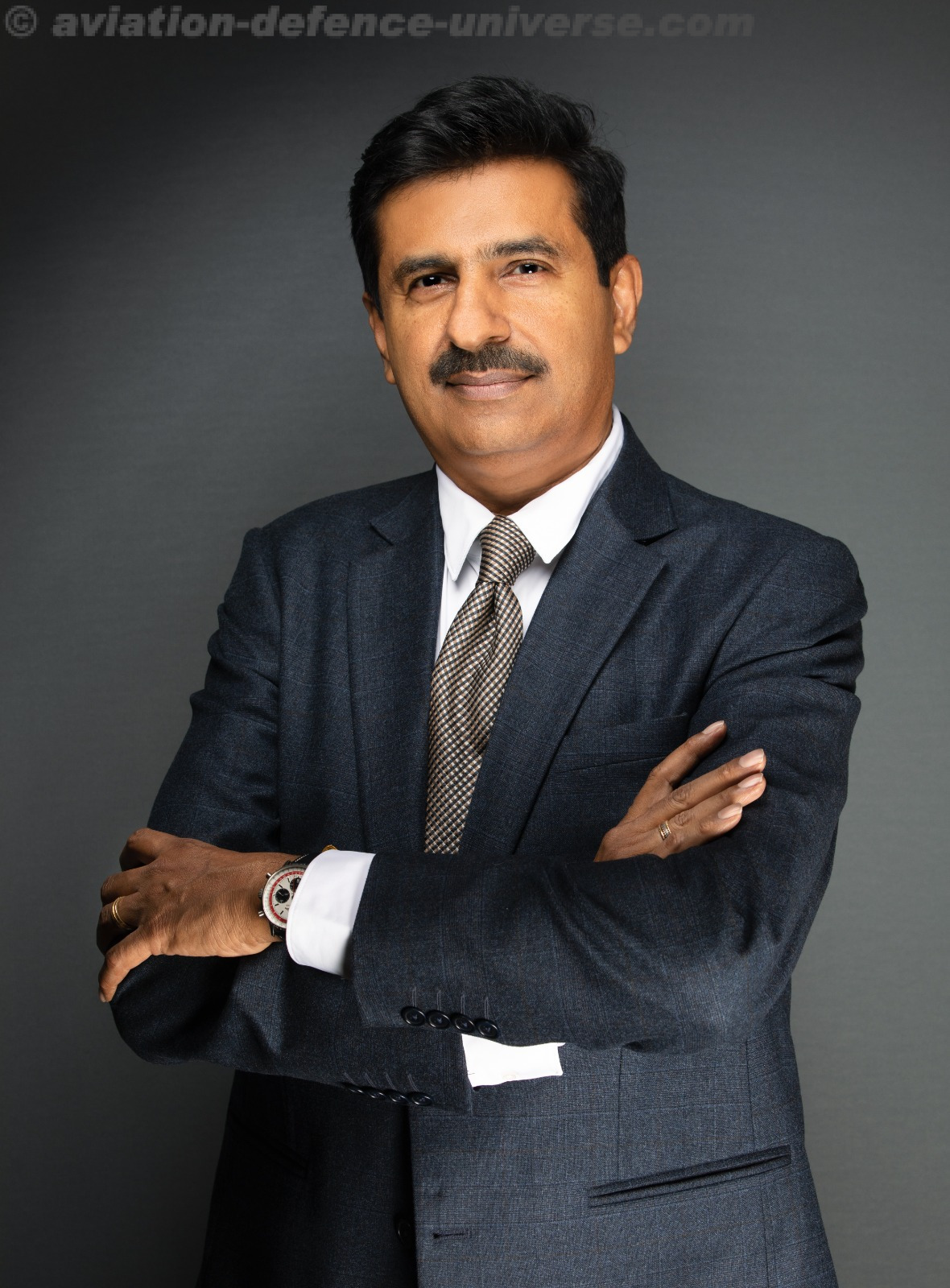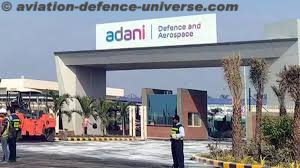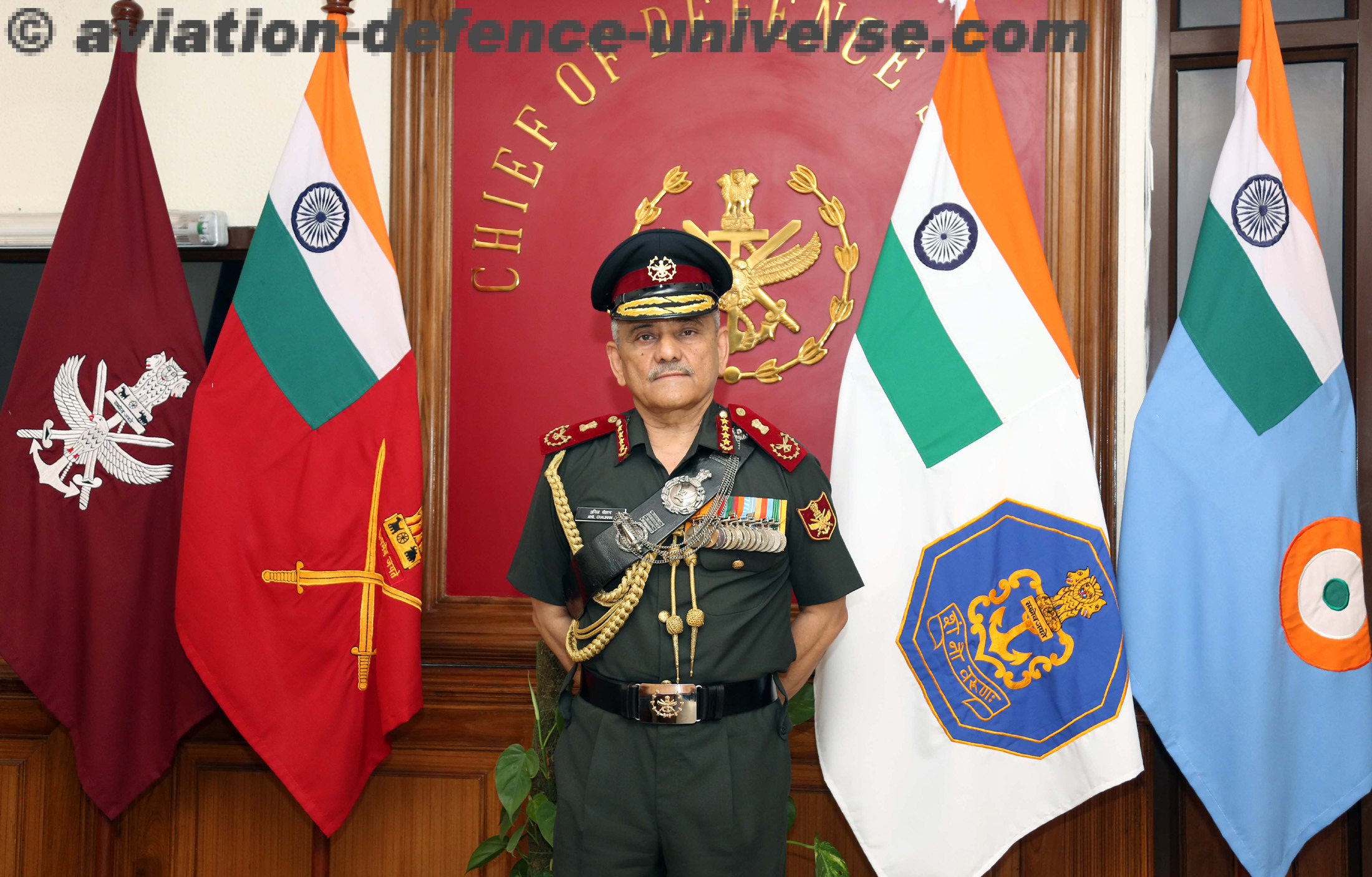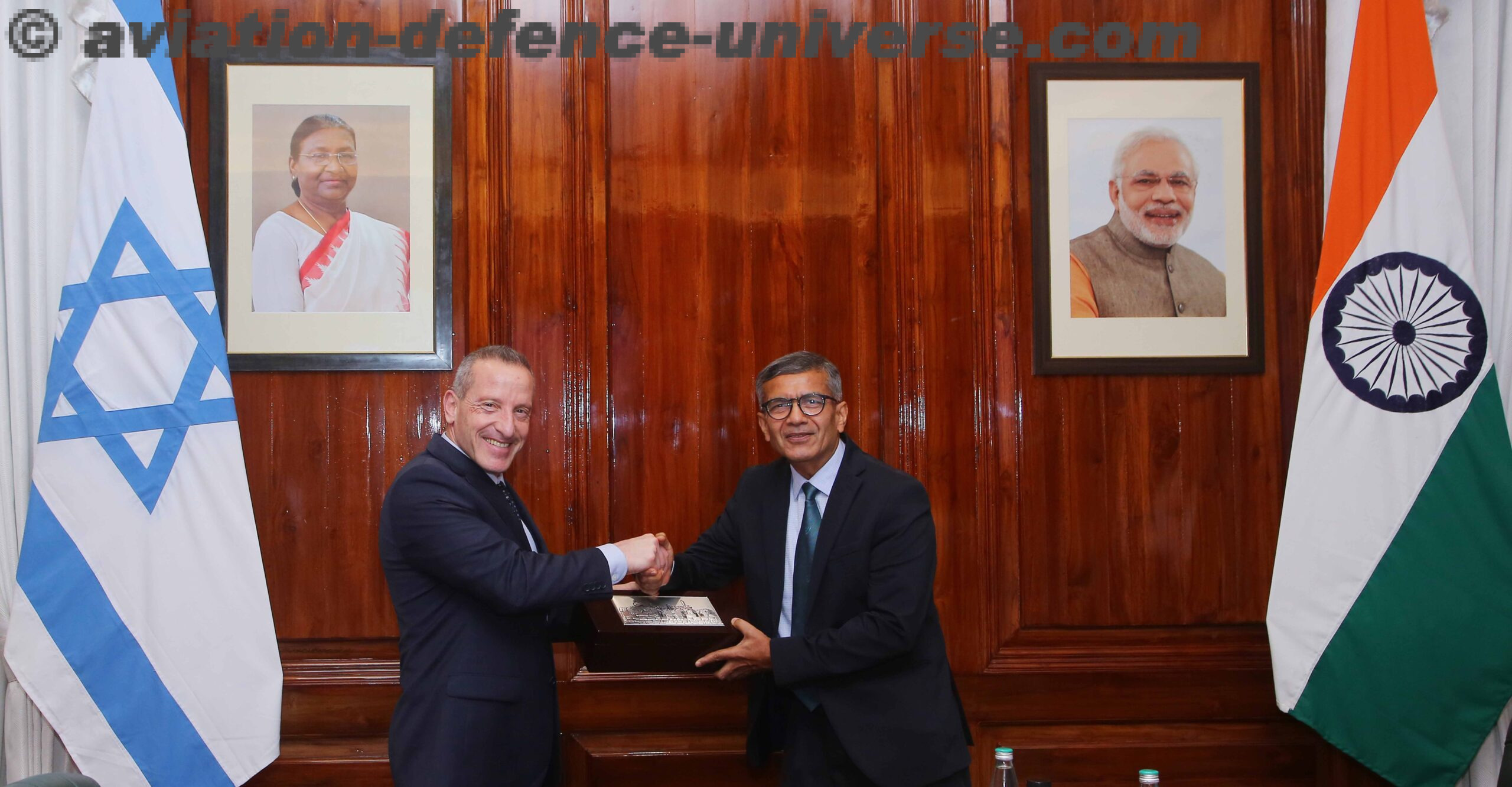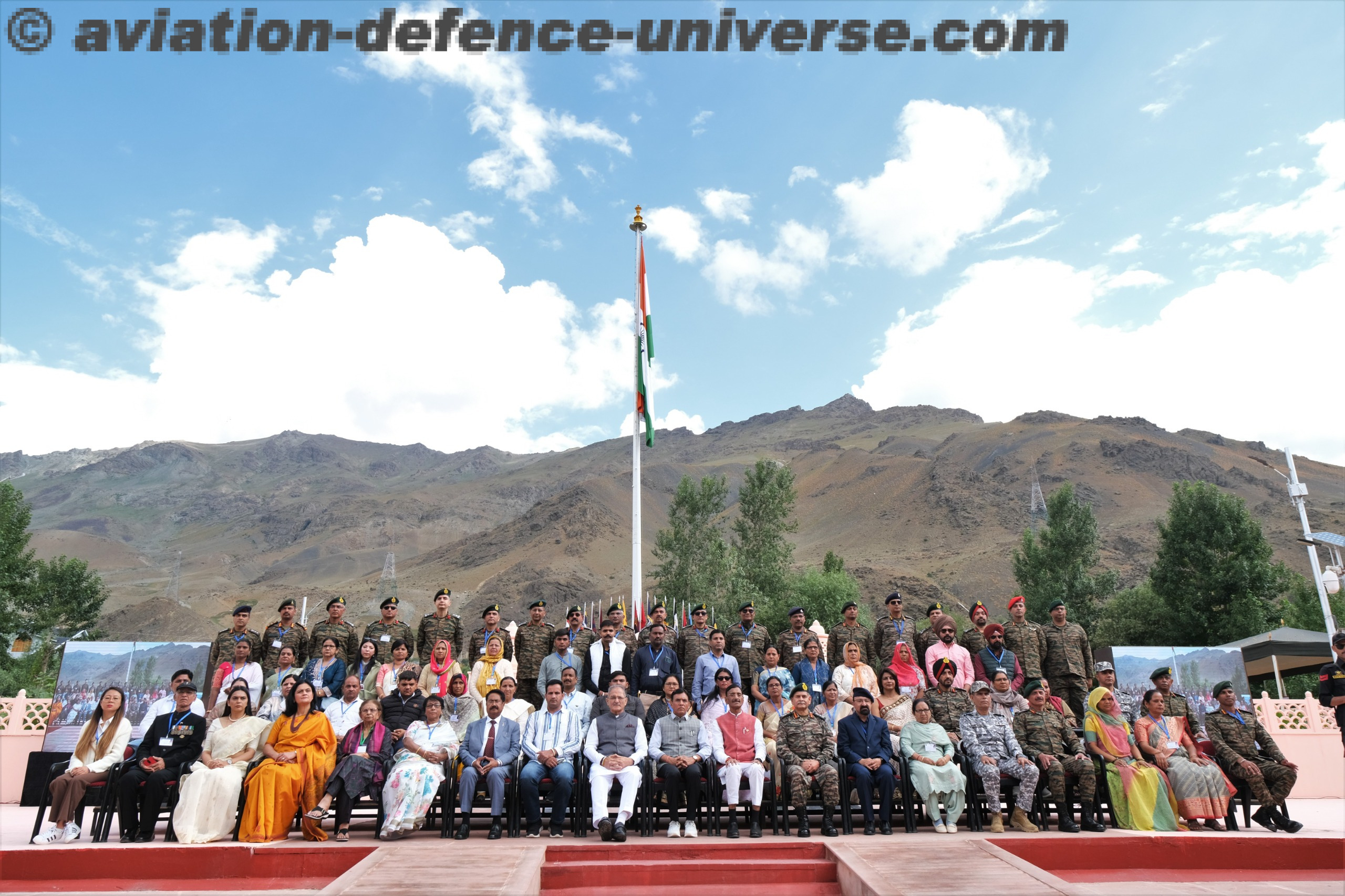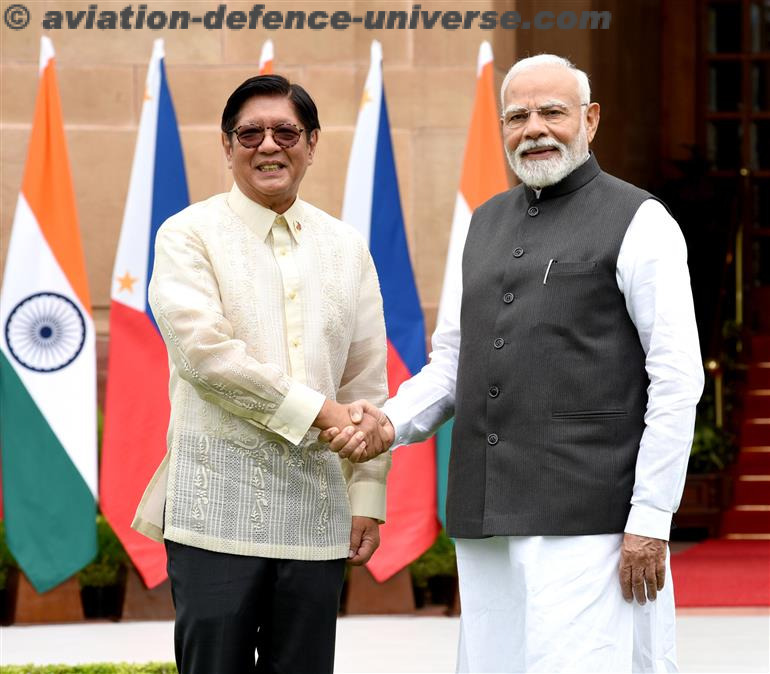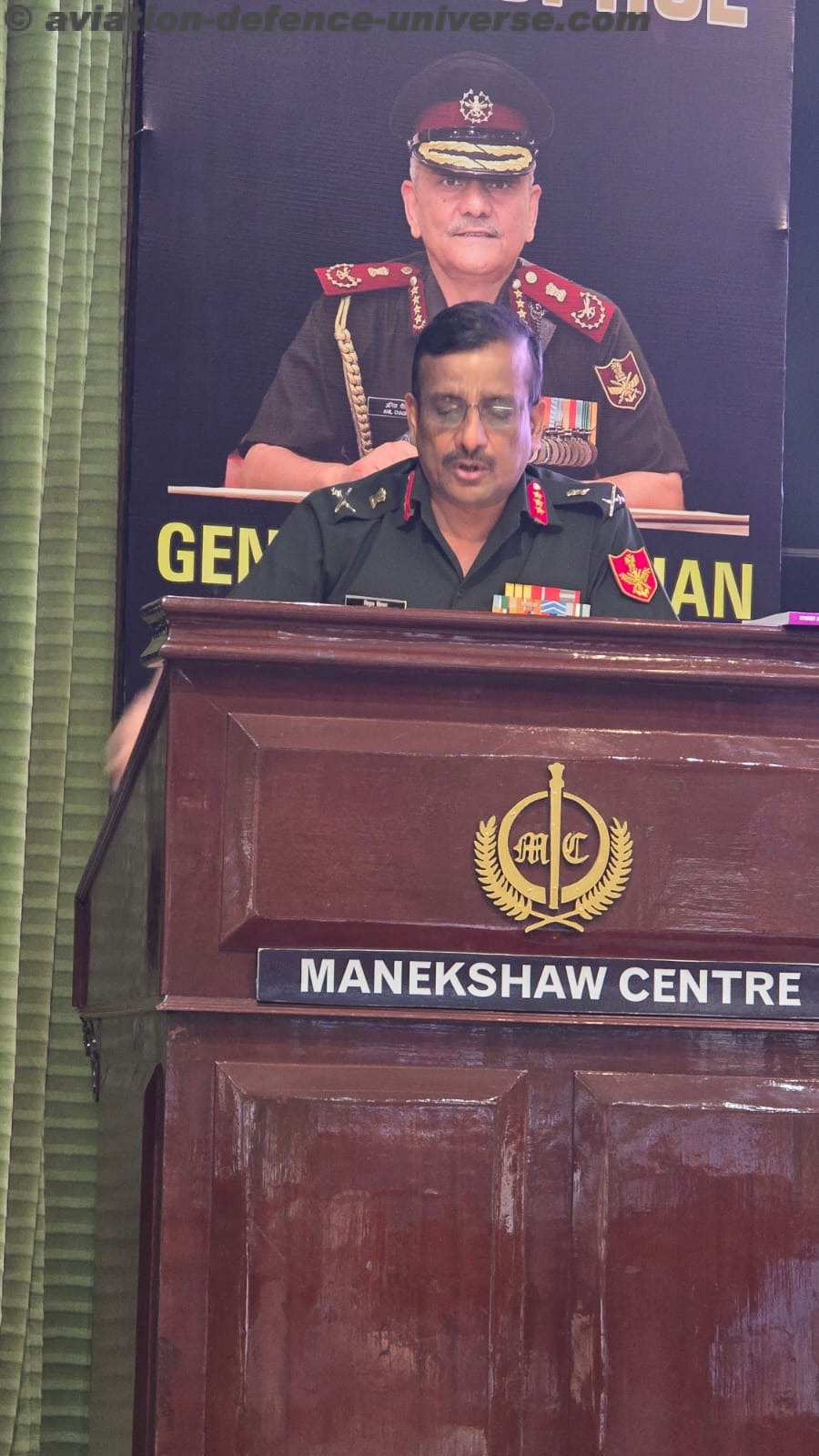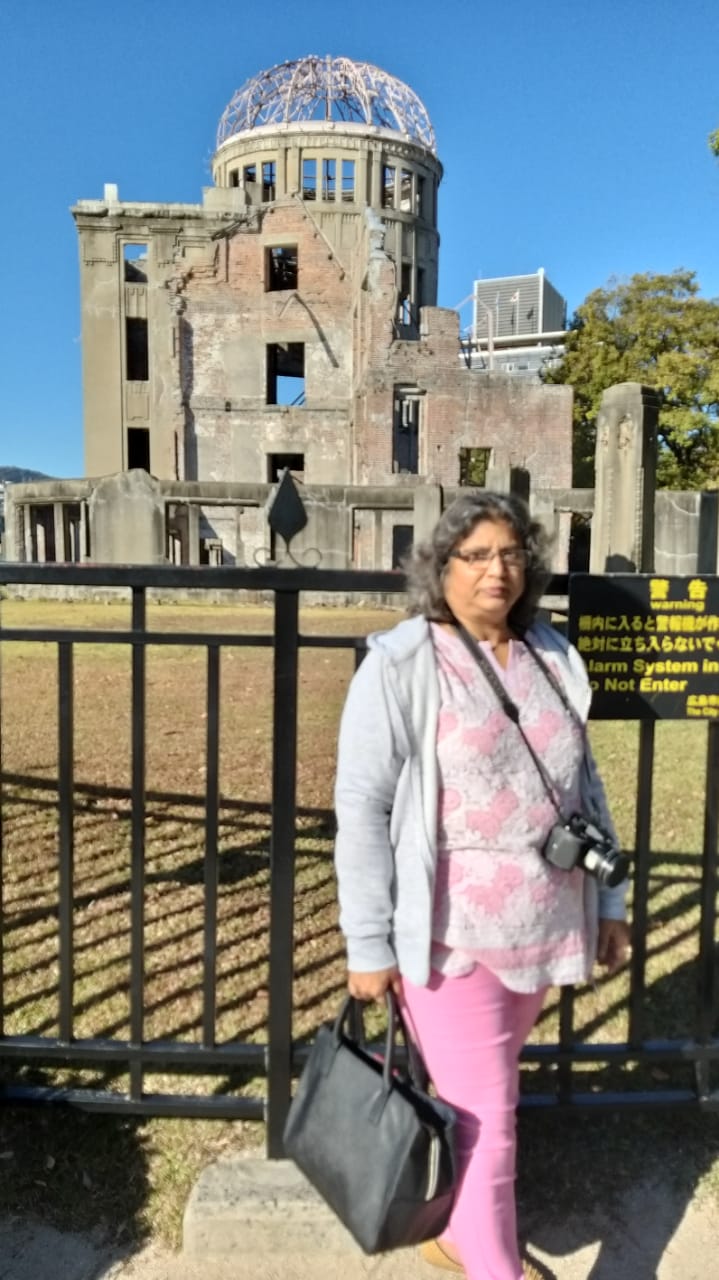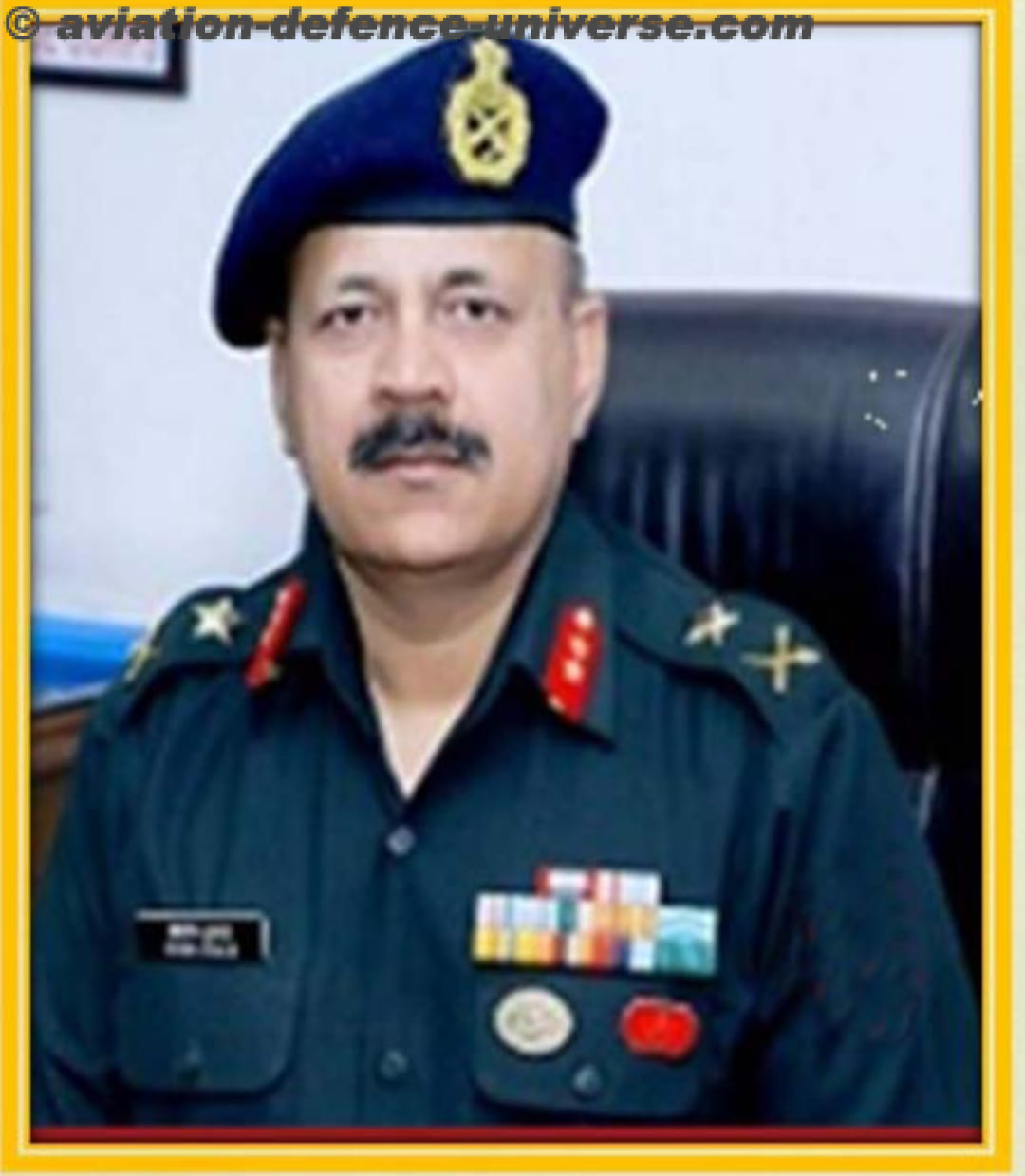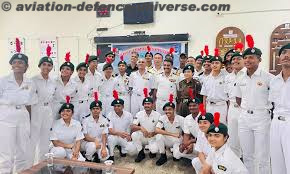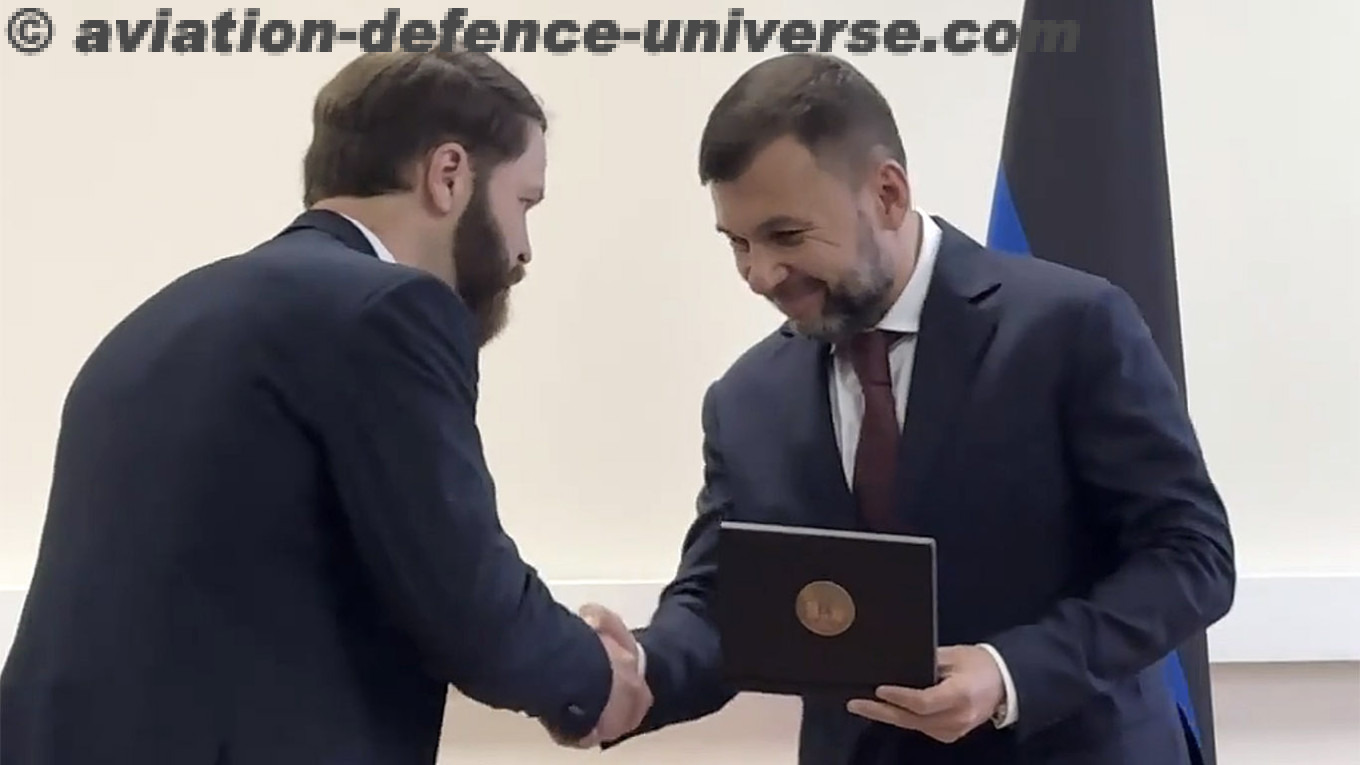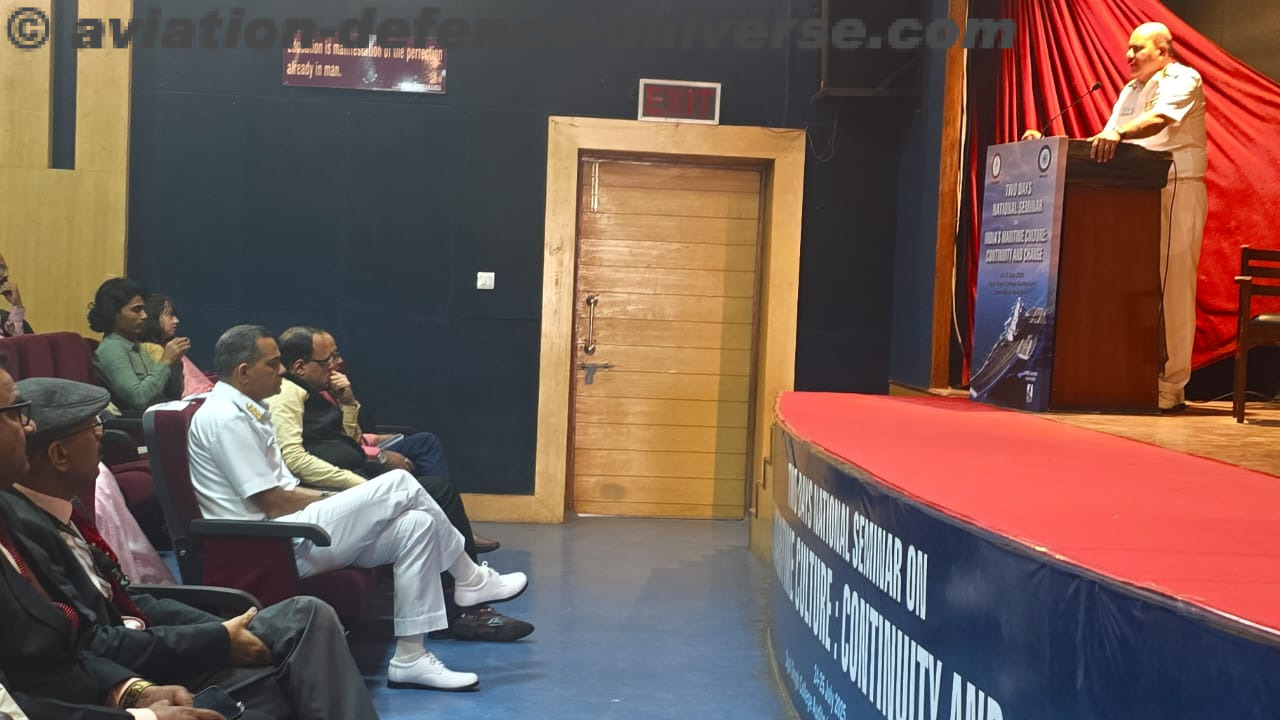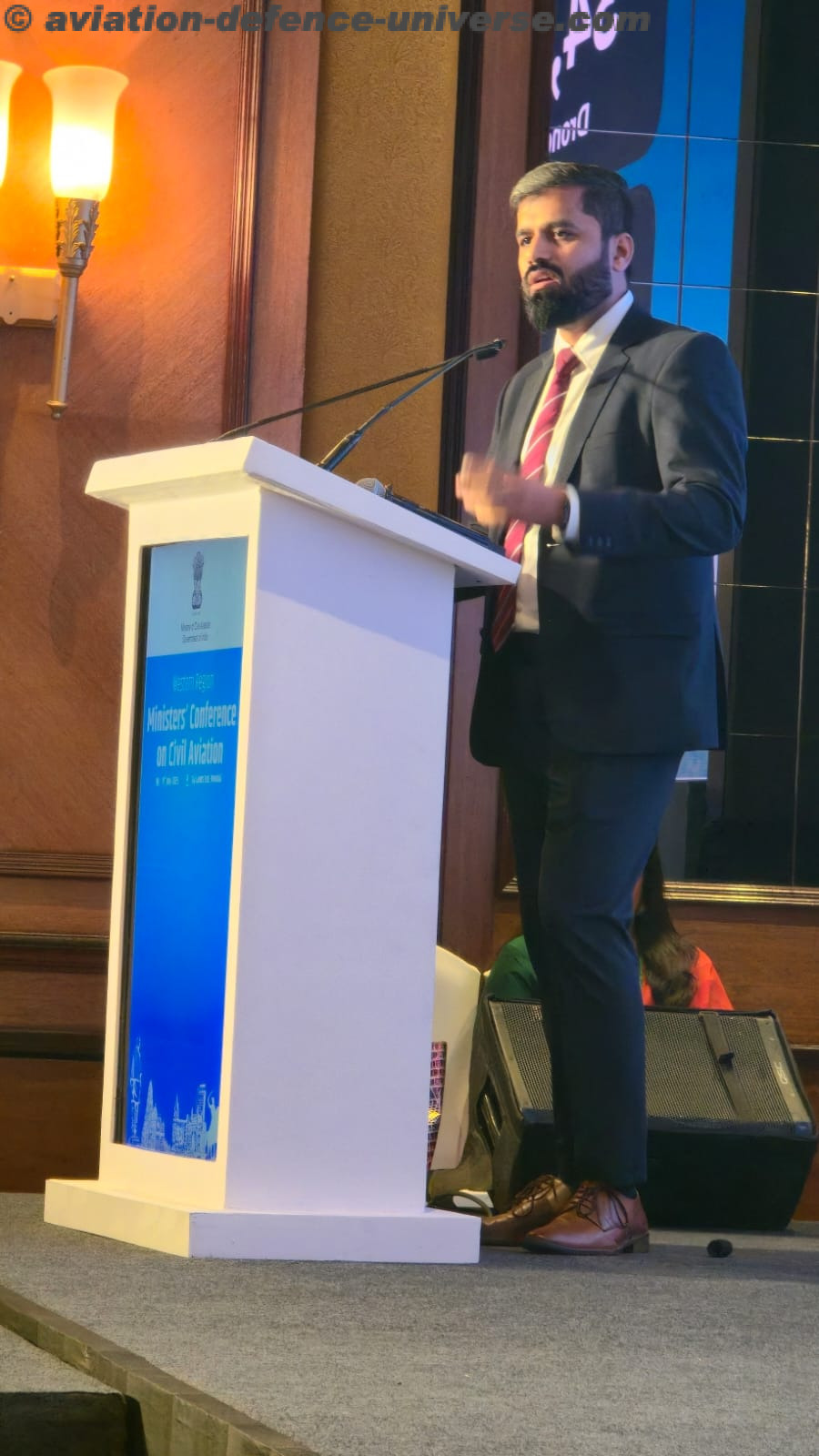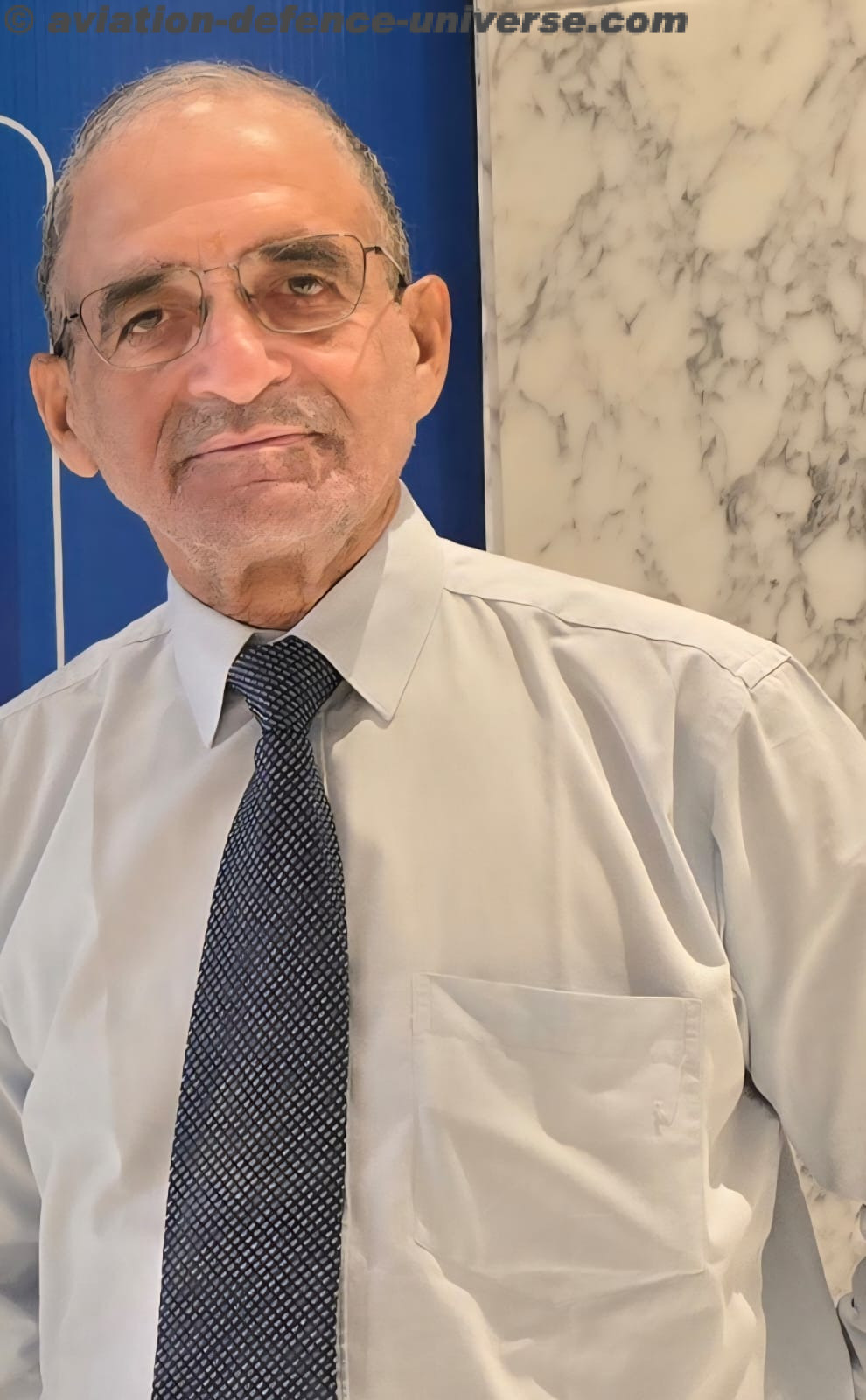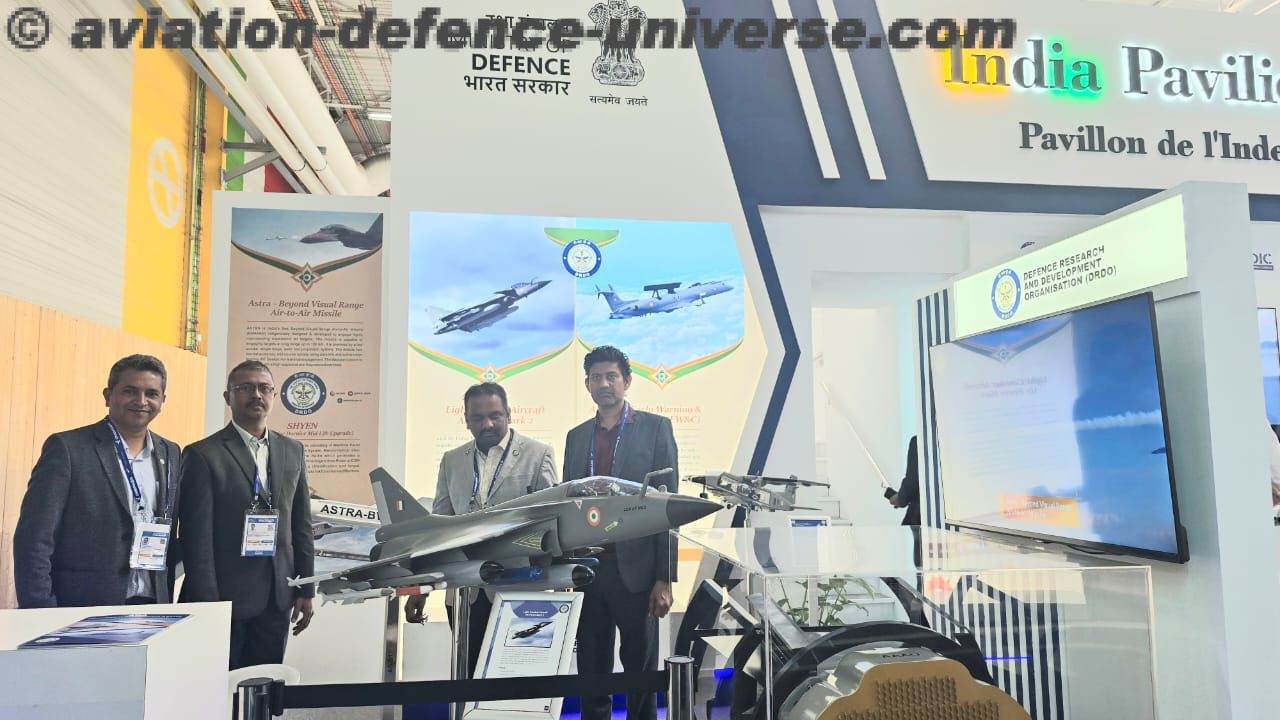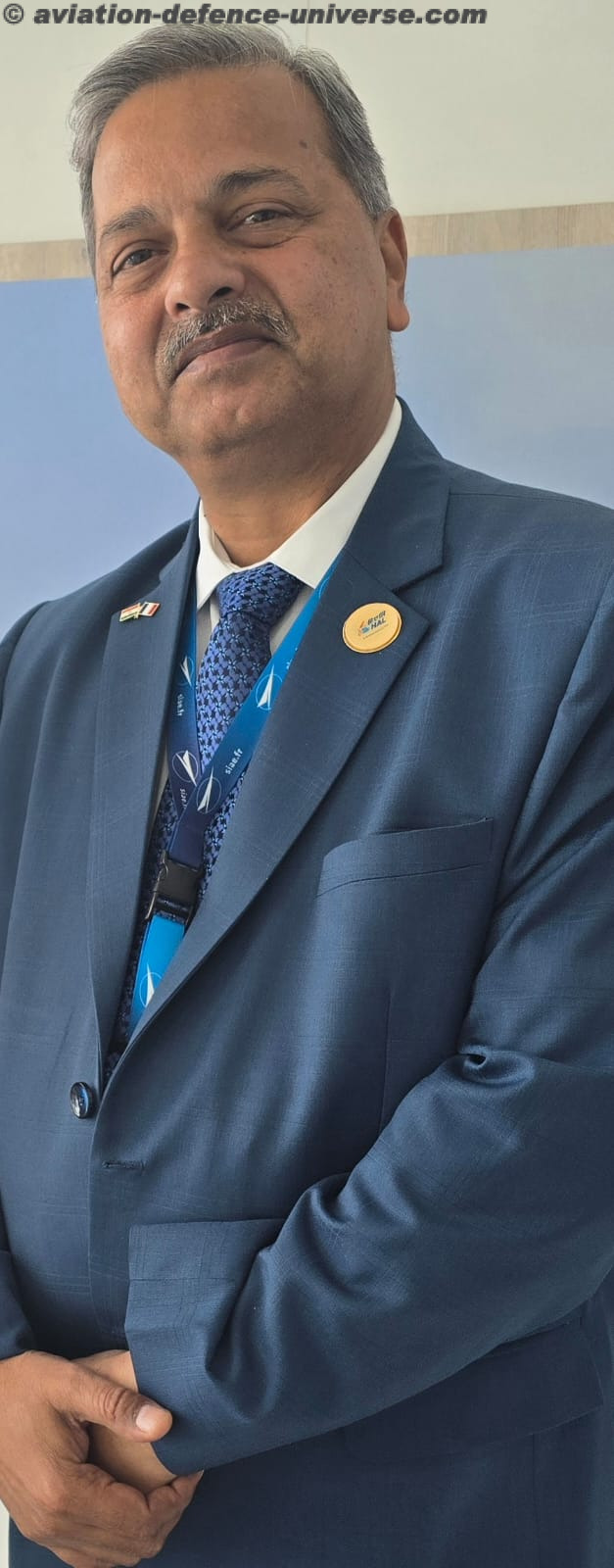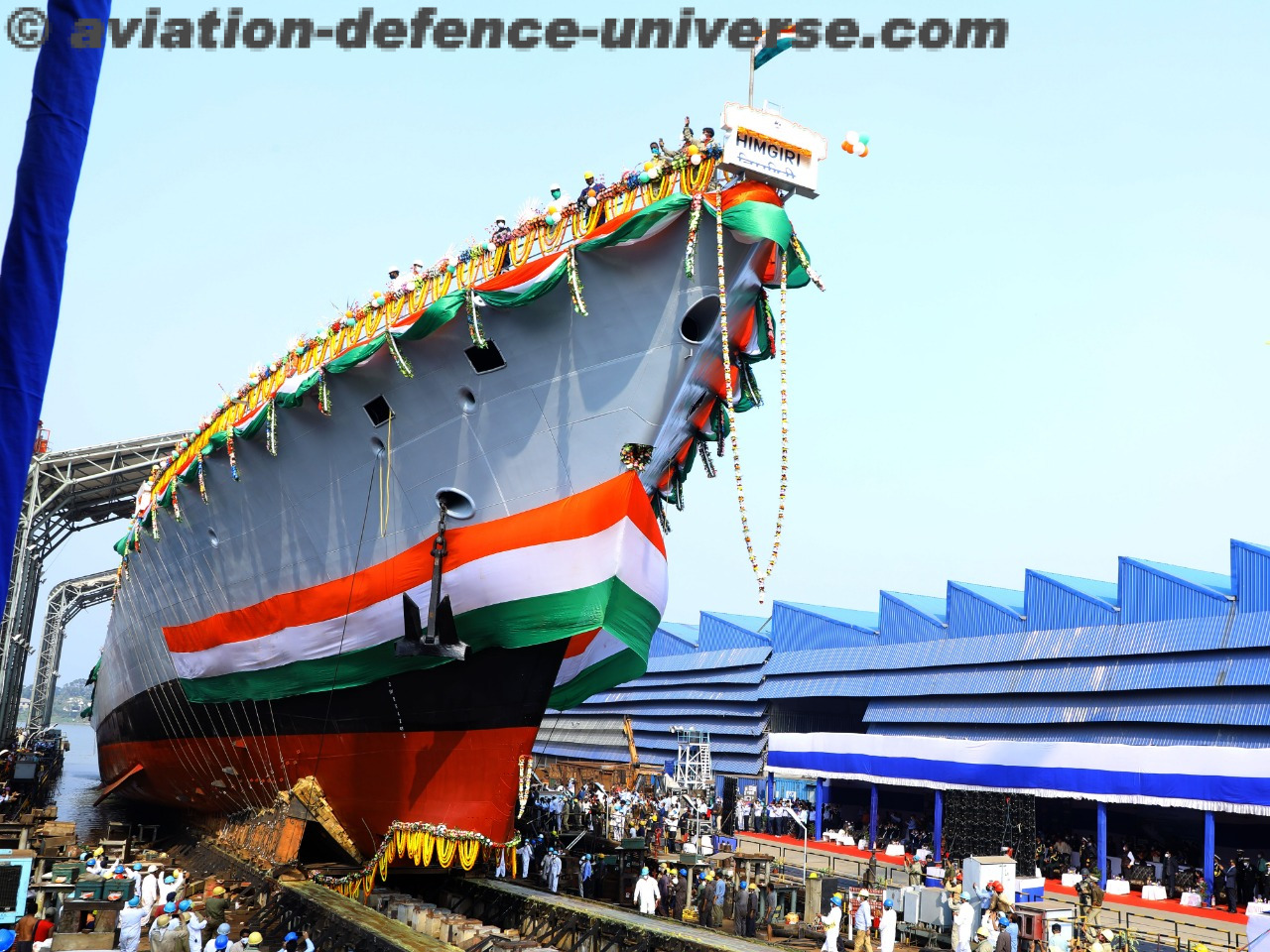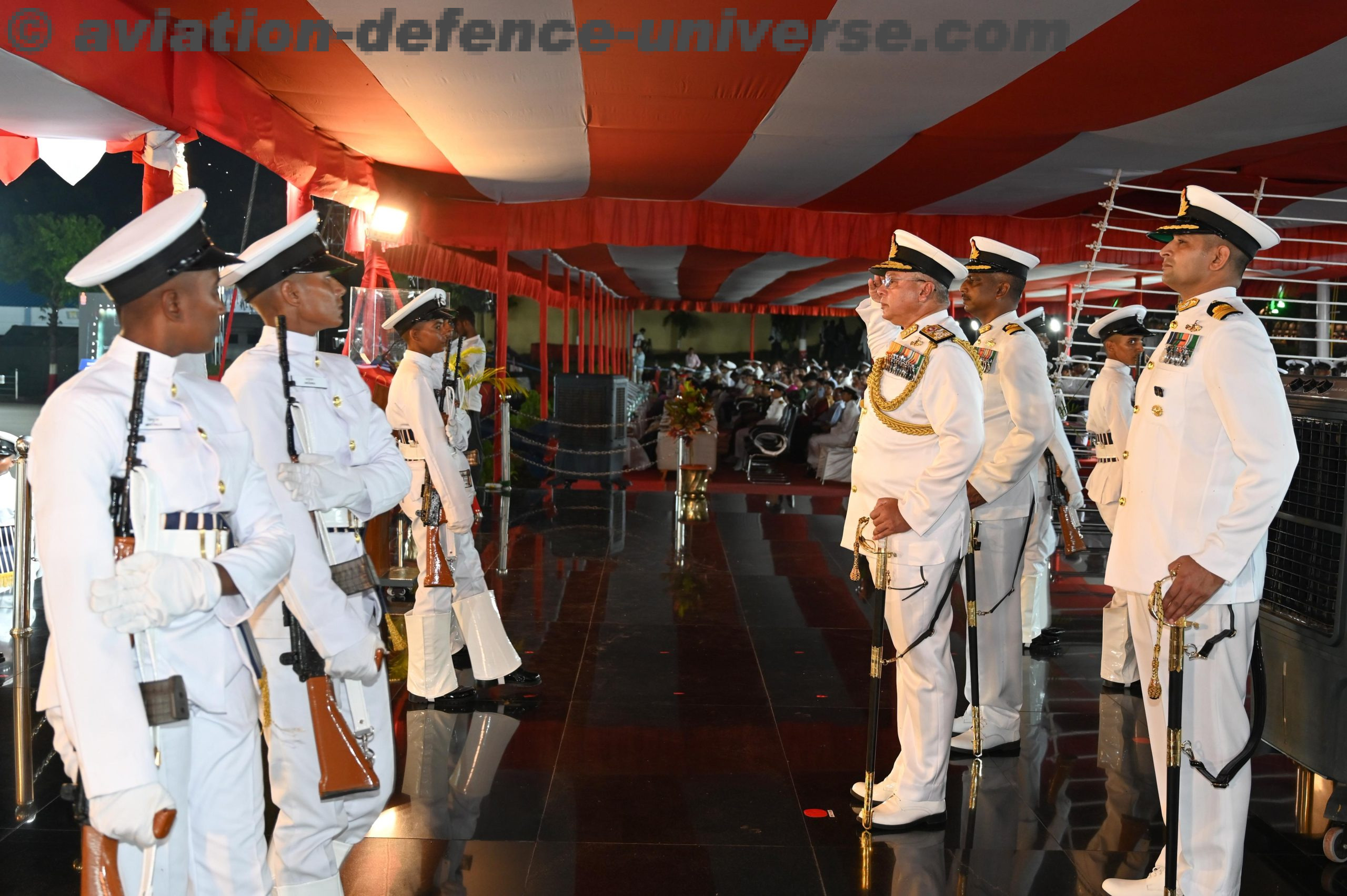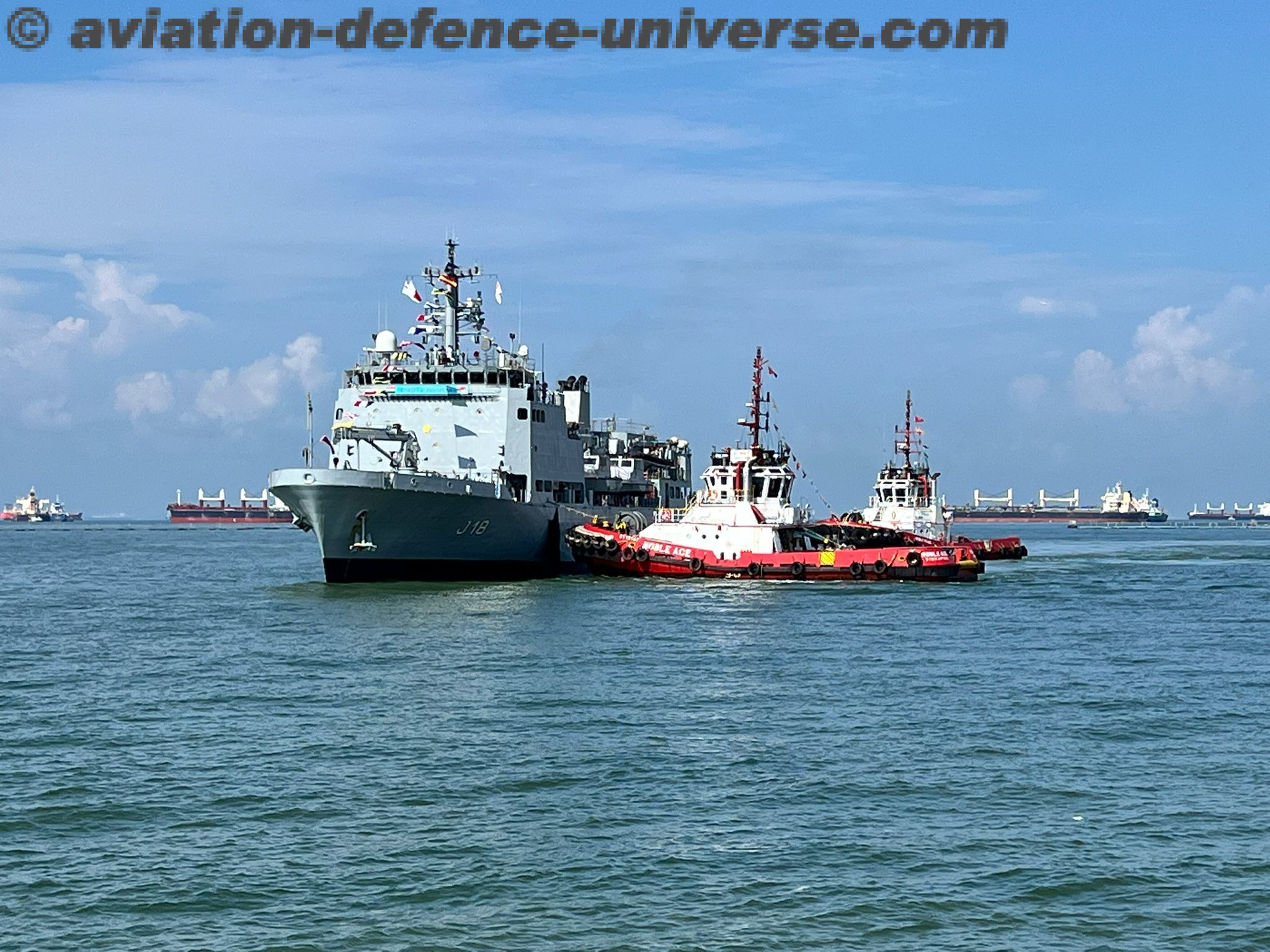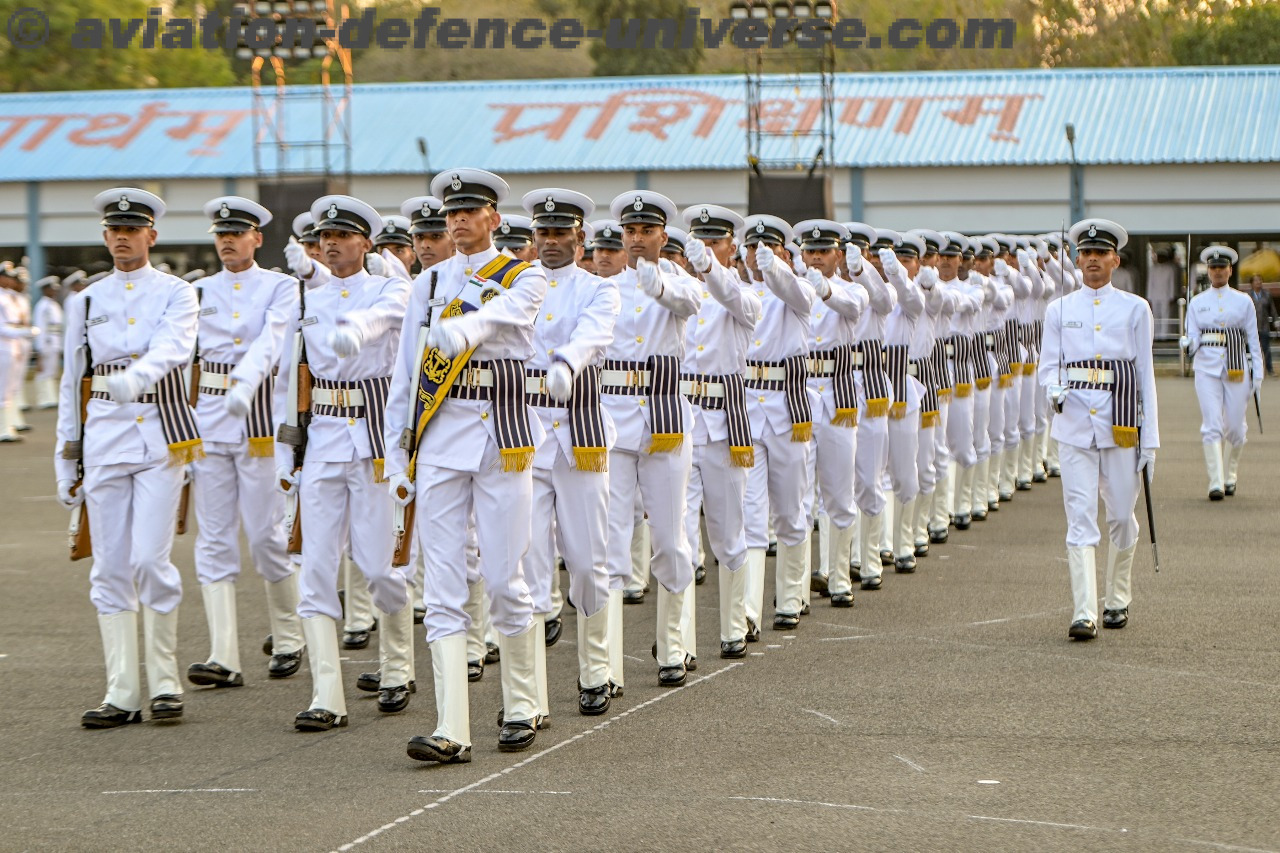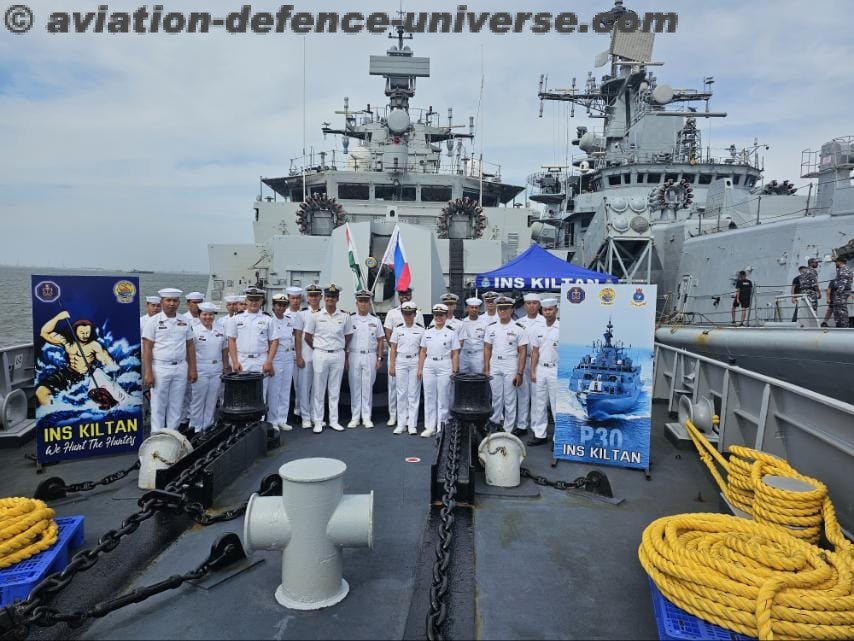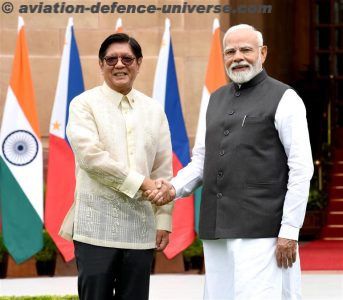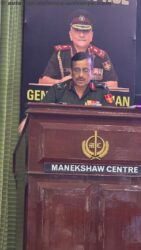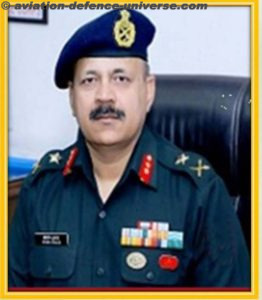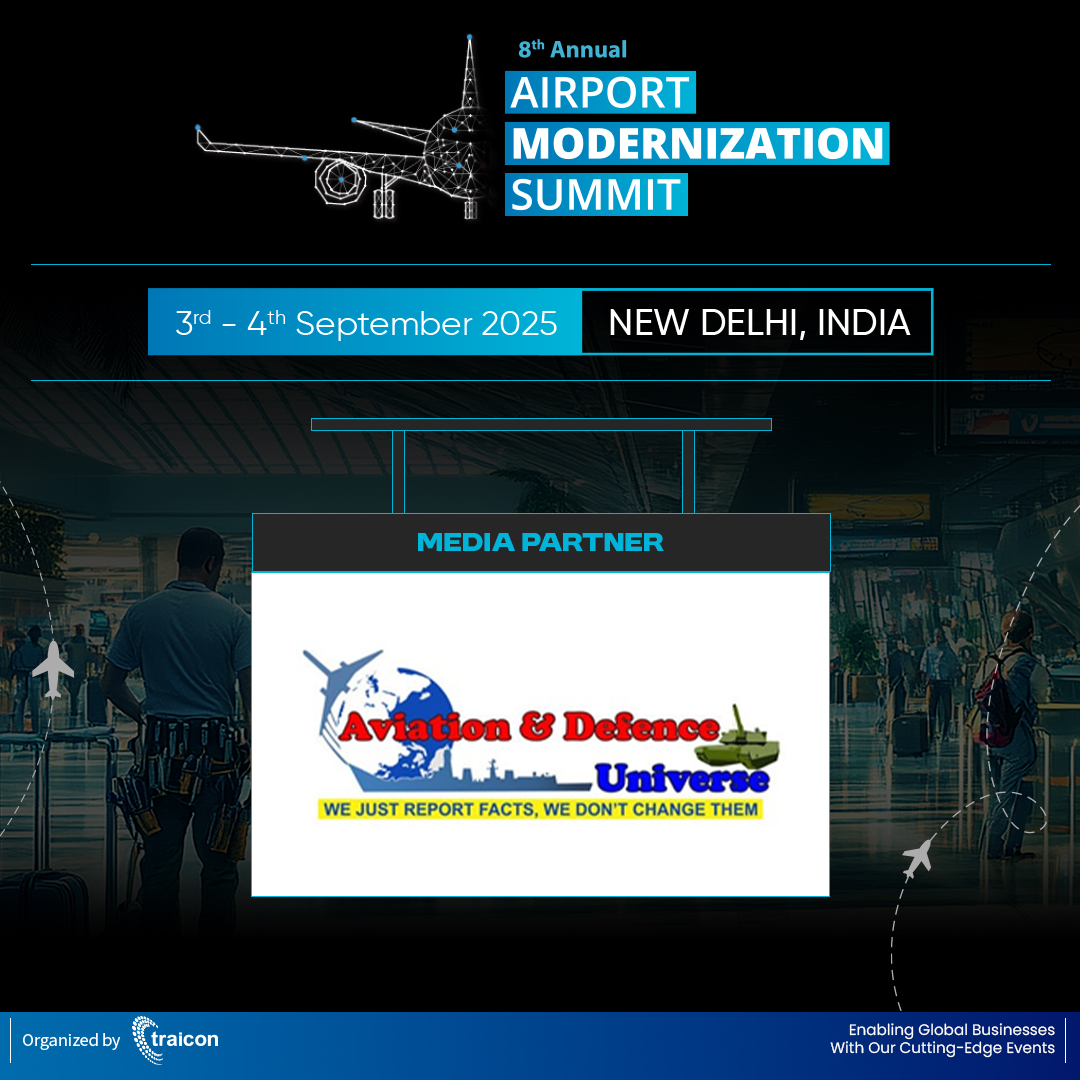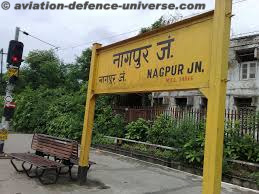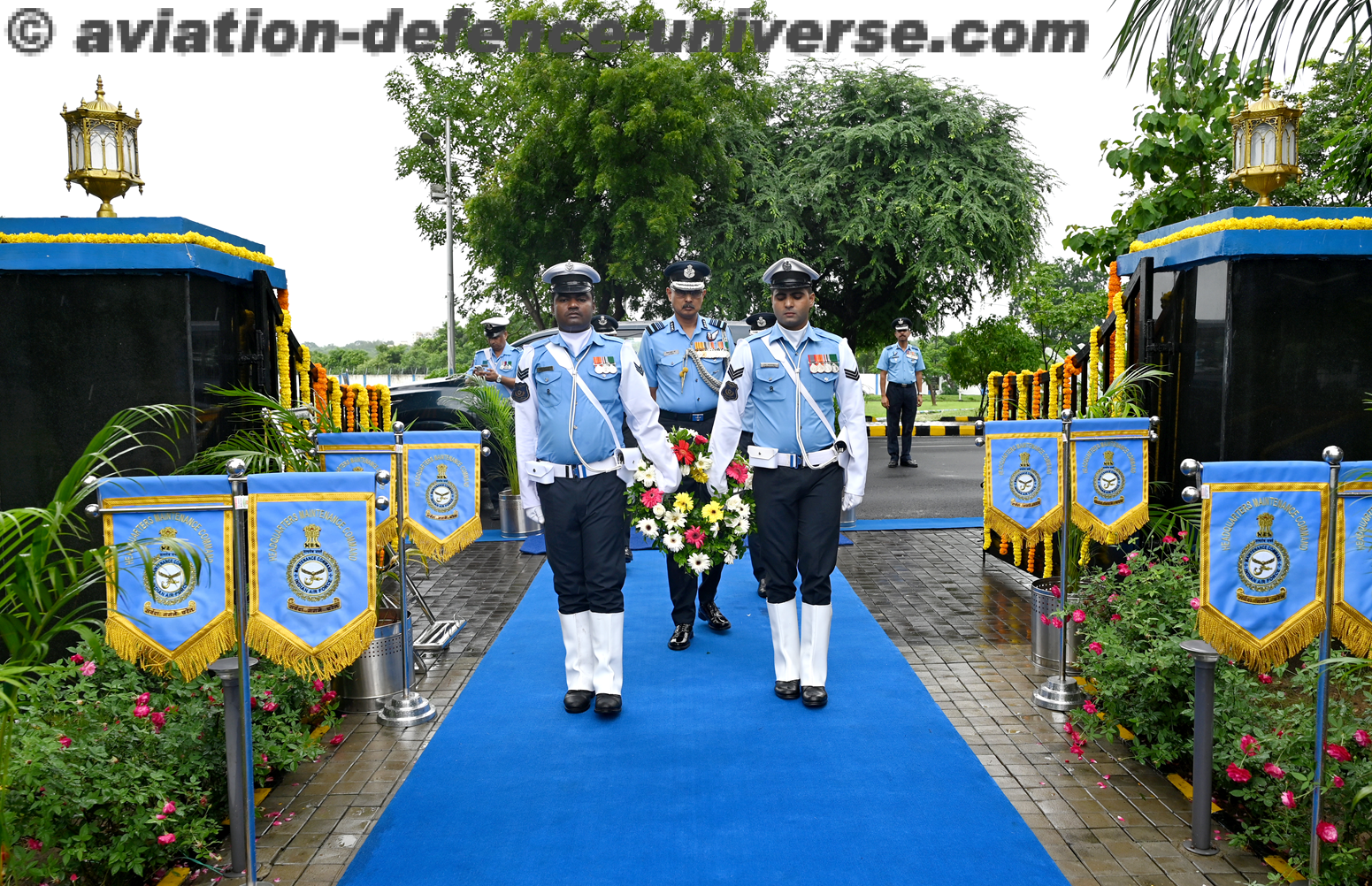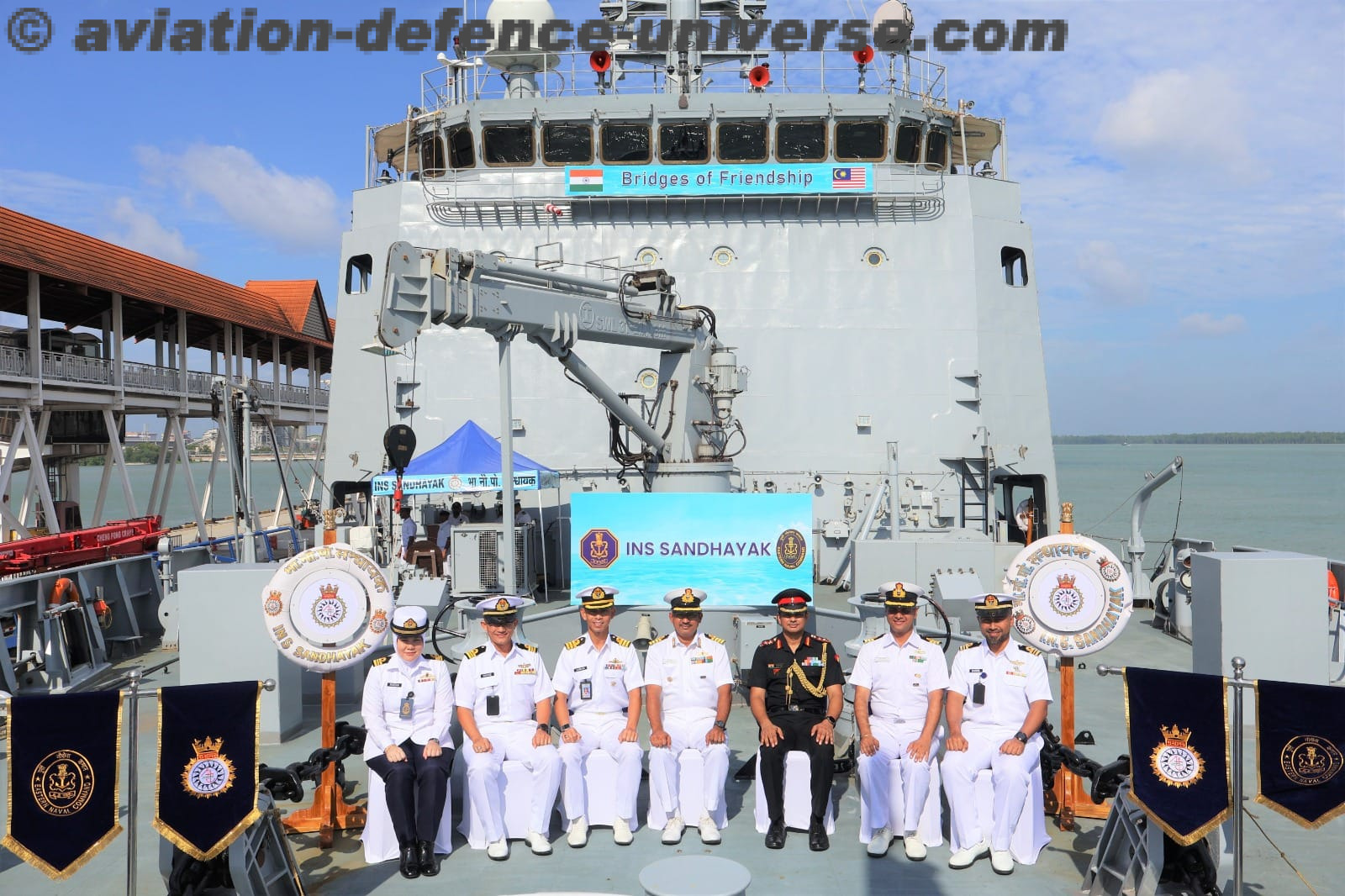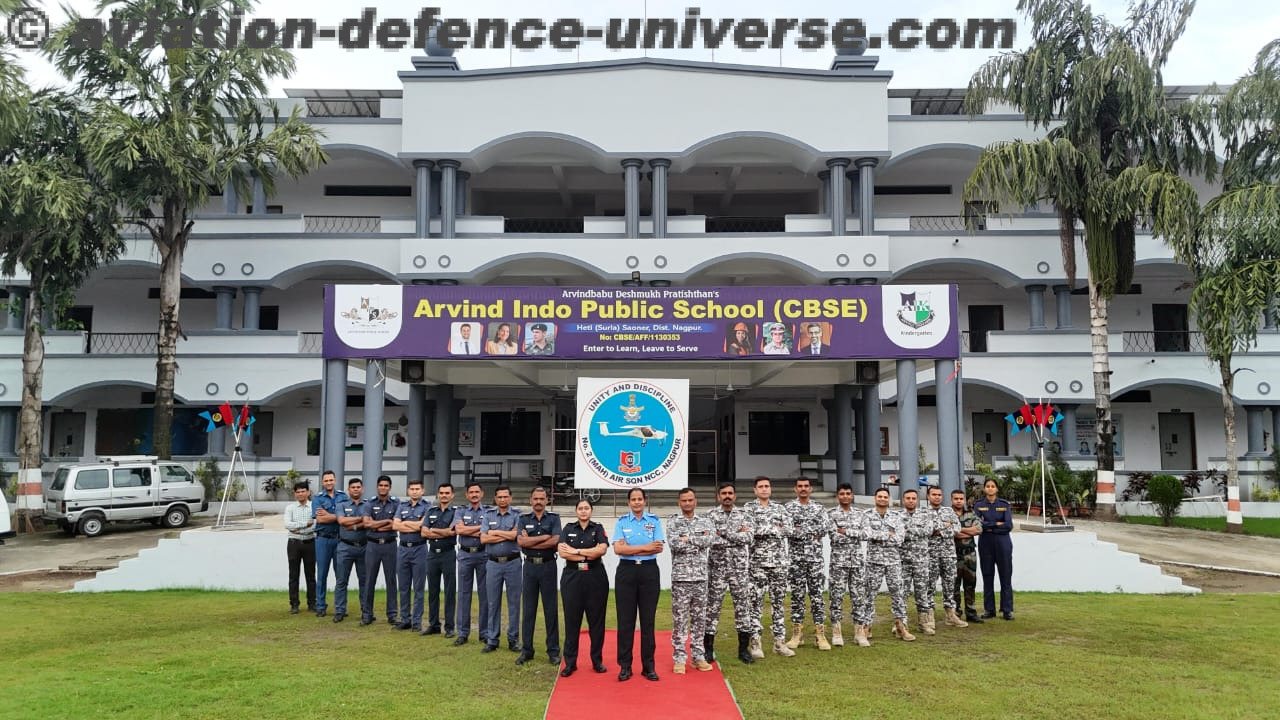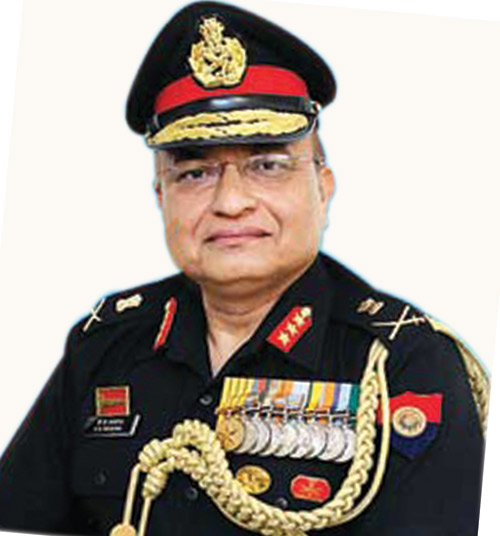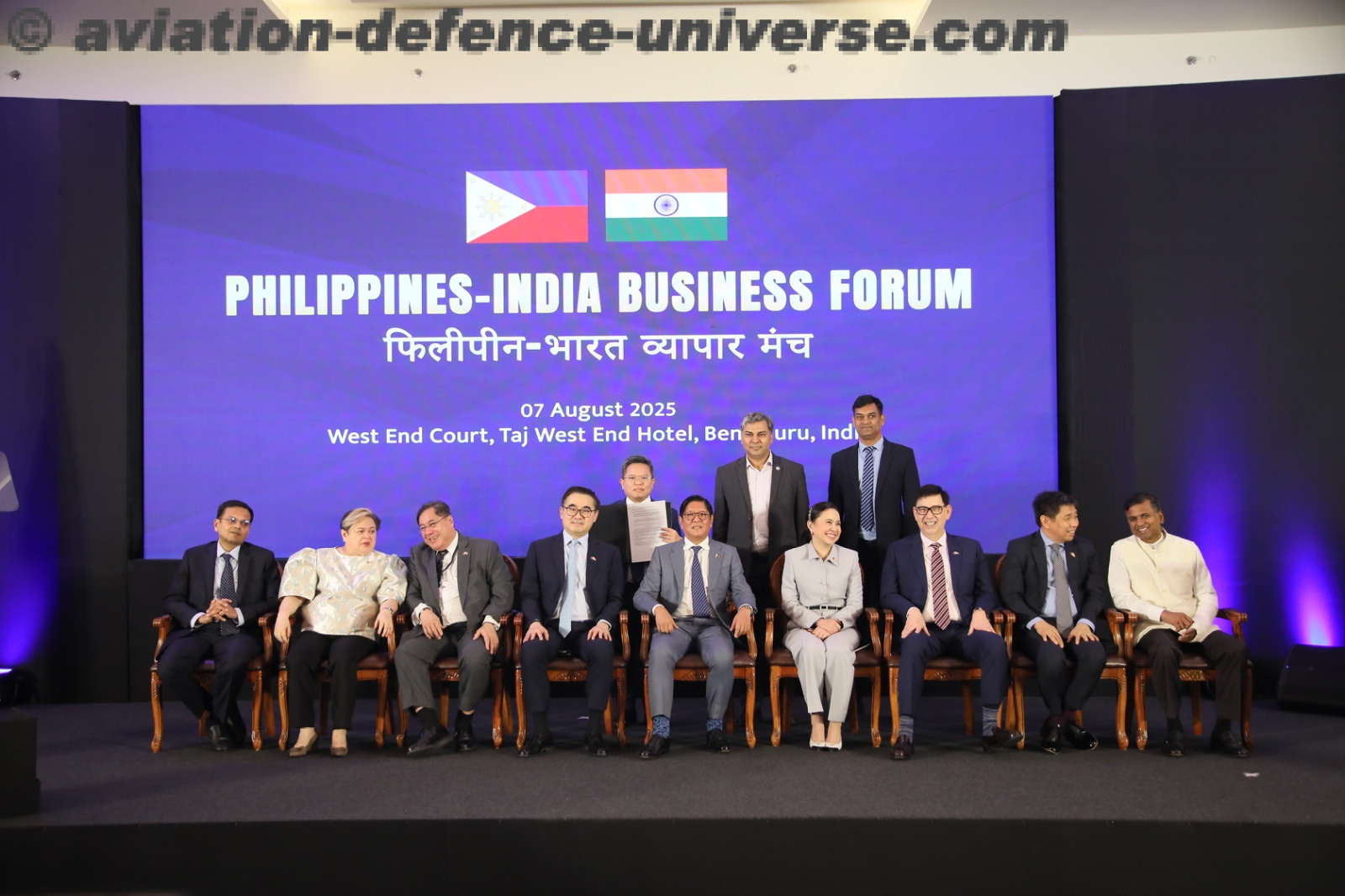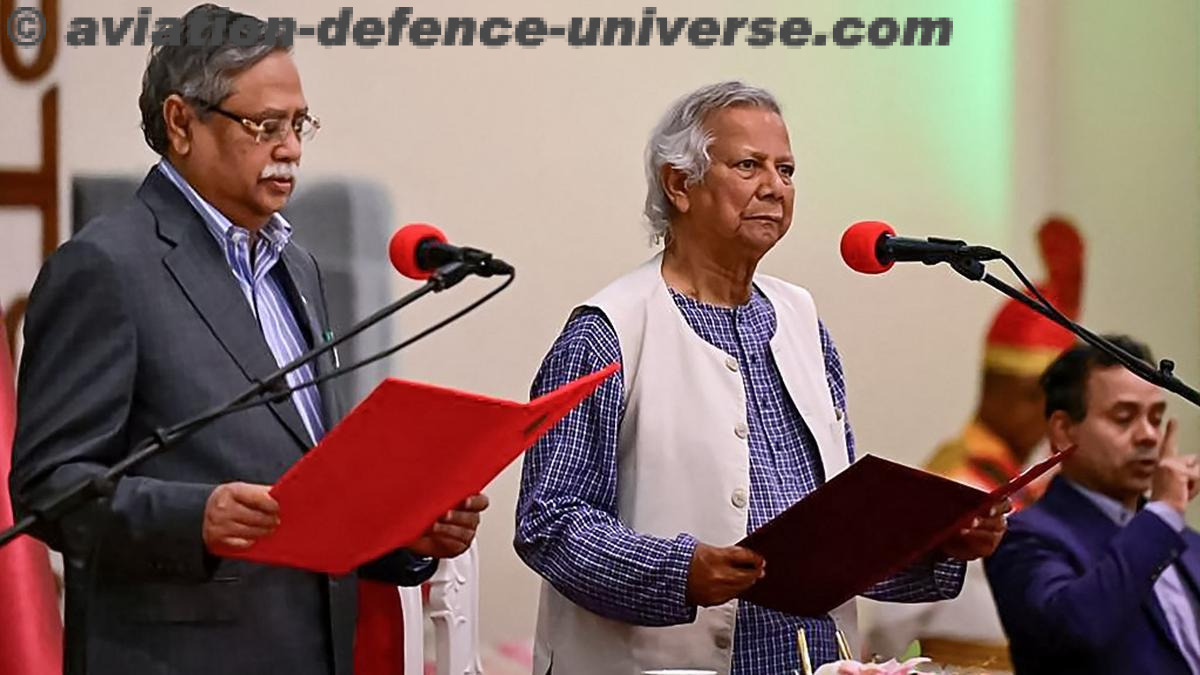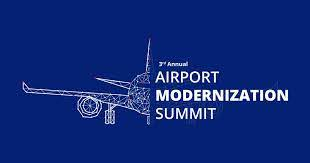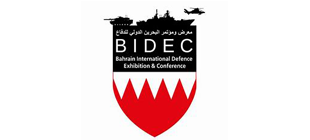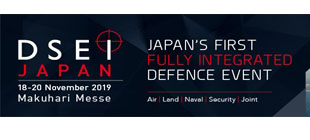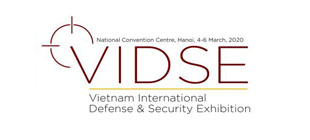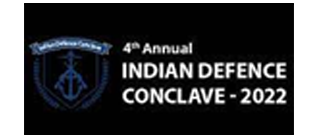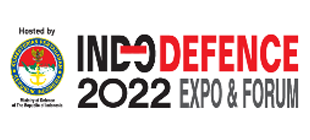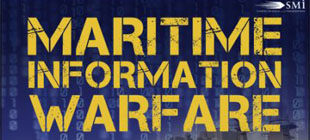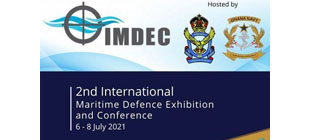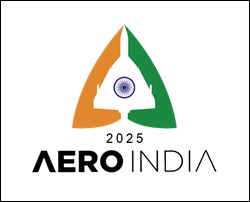- Indo–Philippine Ties Enter New Era Amid Rising Indo-Pacific Challenges
- Maritime Allies in the Making: India and Philippines Deepen Security and Trade Links
- BrahMos and Beyond: India–Philippines Strategic Partnership Gains Momentum
By Jai Kumar Verma
New Delhi. 12 August 2025. India and the Philippines share a diplomatic relationship that spans 75 years, rooted in shared democratic values, mutual respect for sovereignty, and a common vision for a free and open Indo-Pacific. While their early engagements were modest, largely confined to trade and multilateral cooperation within forums like the Non-Aligned Movement and ASEAN dialogue partnerships, recent years have witnessed a marked strategic convergence. Both nations face mounting security challenges posed by China—India along its Himalayan borders and the Philippines in the South China Sea—creating a natural alignment in their geopolitical priorities. This shared security challenge makes the partnership between the two countries not just symbolic, but strategically urgent.
The state visit of Philippine President Ferdinand R. Marcos Jr. to India is his first since assuming office in 2022. The visit was timed to commemorate the 75th anniversary of diplomatic ties between the Philippines and India. Welcomed with full ceremonial honours at Rashtrapati Bhavan, President Marcos engaged in high-level talks with Indian President Droupadi Murmu and Prime Minister Narendra Modi, focusing on strengthening cooperation in defence, trade, maritime security, and people-to-people ties
Strengthening Strategic Alignment Against Chinese Assertiveness
The elevation of ties to a Strategic Partnership signals a clear message that India and the Philippines are aligning more closely to uphold a free, open, and rules-based Indo-Pacific. The move is a direct counter to China’s expansionist policies. This positions both countries as part of a broader regional coalition resisting Beijing’s maritime and territorial ambitions.
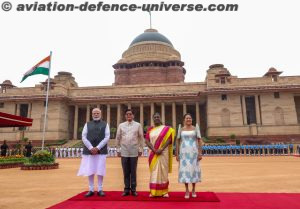
Formal diplomatic relations between India and the Philippines were established in 1949, making India one of the early Asian countries to engage Manila post-independence. In the Cold War years, both countries participated in global movements advocating for sovereignty and non-alignment, even as their strategic priorities differed due to geographic realities. Economic exchanges in the latter half of the 20th century were centred on pharmaceuticals, agricultural products, and machinery, while people-to-people links developed through cultural exchanges and academic cooperation. The relationship remained friendly but low-profile, with defence interactions minimal and mostly limited to multilateral settings such as ASEAN Regional Forum meetings.
Defence and Maritime Cooperation as a Deterrent
Joint naval drills in the South China Sea during the visit—the first-ever between the two nations—were highly symbolic and operationally meaningful. India’s experience in high-altitude warfare and the Philippines’ frontline role in maritime disputes complement each other. Defence agreements, including discussions on submarine infrastructure and the BrahMos missile deal, enhance the Philippines’ military capability, indirectly challenging China’s regional dominance.
During his recent visit, the President of the Philippines expressed a strong interest in deepening defence cooperation with India, particularly in the area of missile technology. In an interview with an Indian journalist, the visiting President stated that the Philippines is keen to acquire more BrahMos supersonic cruise missiles, citing positive feedback from the country’s military personnel who have already been trained to operate the system.
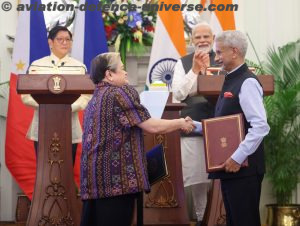
He emphasized that Filipino operators find the BrahMos missile system to be both effective and user-friendly, pointing to its ease of integration, reliable performance, and precision capabilities. These qualities, according to the President, make it a suitable choice for the country’s ongoing efforts to strengthen its defence posture, especially in light of regional maritime security challenges.
The President’s remarks underline the Philippines’ satisfaction with its initial BrahMos acquisition, which marked a historic first in India’s defense exports. The continued interest signals a broader intention to build long-term strategic ties with India in defense and technology, while also enhancing the Philippines’ capability to defend its territorial integrity and maritime interests.
Diversification of Alliances by the Philippines
Historically reliant on the U.S. for defence, the Philippines is now diversifying its partnerships to include India and Japan. By doing so, it avoids overdependence on any single power and creates multiple strategic linkages to deter unilateral aggression in the Indo-Pacific.
However, in the course of the interview with the Indian journalist the visiting President reaffirmed his country’s strategic alignment with the United States, particularly in the context of rising tensions in the South China Sea. He stated that the Philippines has full faith that the United States, under the leadership of President Donald Trump, would stand by its commitment to defend the Philippines in the event of any Chinese aggression.
By citing this trust in the U.S. under Trump, the President sought to reassure both domestic and international audiences of Manila’s strategic calculations and preparedness amid growing regional uncertainties. He also acknowledged the importance of balancing traditional alliances like that with the U.S. while forging new defense partnerships with countries like India, as evidenced by the Philippines’ acquisition of BrahMos missile systems.
India’s ‘Act East’ Policy in Action
For India, the visit reaffirms its commitment to Southeast Asia under the Act East Policy. The Philippines is seen as a frontline state in resisting Chinese expansion in ASEAN waters, and deeper engagement with Manila helps India build a coalition of like-minded Indo-Pacific democracies. India is a country with no history of colonial involvement in Southeast Asia, and one with shared interests in maritime security and balancing China.
The turn of the century saw a shift in priorities as India adopted its “Look East” policy, later expanded into the “Act East” policy, placing Southeast Asia—particularly the Philippines—firmly within its strategic horizon. Manila, traditionally reliant on the United States for security under the 1951 Mutual Defence Treaty, began seeking diversified partnerships to counterbalance China’s assertive maritime actions. The Philippines’ interest in India’s defence technology, especially the BrahMos supersonic cruise missile, became a game-changer. The first BrahMos deal in 2022 marked India’s most significant defence export at the time and served as a foundation for sustained security cooperation, including discussions on naval vessels, submarine infrastructure, and joint maritime exercises.
Economic and Technological Resilience
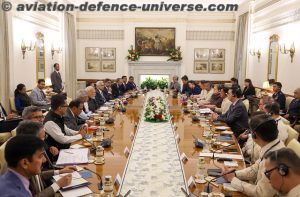
Both countries are also looking to reduce their economic dependencies on China by boosting bilateral trade, tech collaboration, and infrastructure investments. The visit helped pave the way for enhanced cooperation in pharmaceuticals, fintech, and digital public infrastructure—all key areas for economic sovereignty. In 2024, bilateral trade between Philippines and China was approximately US $42.2 billion, with the Philippines importing about $32.8 billion worth of goods—making China the country’s largest import source—while exports to China stood at around $9.4 billion, meaning China accounted for over 25% of total imports but only about 13% of exports. In contrast, trade with India is much smaller yet growing. Bilateral trade hovered around US $3.3–3.5 billion, with Philippines importing medicines, auto parts, chemicals, and electronics, and exporting semiconductors, copper products, plastics, and animal feed.
Evolving Security Strategy: Philippines is Looking Beyond U.S.
For decades, the United States has been the primary security partner of the Philippines, rooted in their 1951 Mutual Defense Treaty. American military presence and diplomatic support have long served as a deterrent to external threats, particularly Chinese aggression in the South China Sea. However, recent global developments—and shifts in U.S. domestic politics—have led Manila to reassess the reliability of Washington as a sole security guarantor.
During an interview visiting President mentioned that, due to its proximity to Taiwan—a mere 40-minute flight from northern Luzon—and the presence of around 160,000 Filipino workers in Taiwan, the Philippines could not remain neutral in the event of a war between China and the U.S. over the island. China issued a strong diplomatic rebuke on this statement. China’s Foreign Ministry accused the Philippines of “playing with fire,” asserting that statements framed around geography and overseas nationals do not justify interference in what it deems an internal affair—Taiwan. It reiterated the one‑China principle, criticized the Philippines for reneging on earlier commitments, and warned the remarks jeopardize regional stability and violate both international and ASEAN norms.
Declining Trust in U.S. Commitment under President Trump
One of the most striking factors behind this reassessment is the growing unpredictability of U.S. foreign policy, especially under the leadership of President Donald Trump. President Trump pursued a policy agenda under the banner of “Make America Great Again,” which focused on strengthening the U.S. economy, enhancing national security, and asserting American interests on the global stage. He often questions long-standing alliances and demanding that allies increase their own defence spending in exchange for continued U.S. support. Trump also showed a lukewarm commitment to defending allies in Asia, with inconsistent messaging on the South China Sea and weak condemnation of Chinese militarization. His unpredictable diplomacy, including sudden withdrawal (from Afghanistan), raised concerns globally about whether the U.S. would uphold treaty obligations in a real crisis.
A Calculated, Multi-Vector Foreign Policy
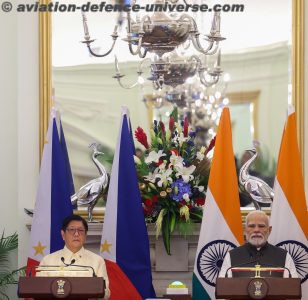
President Marcos Jr. is following multi-vector foreign policy which denotes a strategy in international relations where a country pursues balanced and diversified relationships with multiple global powers and regional actors, rather than aligning too closely with just one. Manila is not abandoning the U.S., but rather hedging his bets. The Philippines still maintains deep military ties with America, including joint exercises and access agreements like EDCA (The Enhanced Defense Cooperation Agreement).
Manila has also quietly joined a growing minilateral grouping—often dubbed the “Squad”—comprising Australia, Japan, the United States, and the Philippines. This emerging strategic framework centers on joint naval patrols, military exercises, intelligence sharing, and defense coordination—all aimed at reinforcing a free and open Indo‑Pacific and countering China’s maritime assertiveness. This alliance resembles a “new Quad,” though distinct from the traditional Quad that includes India, Japan, Australia, and the U.S. These countries conduct regular joint naval drills sometimes within the Philippines’ exclusive economic zone. The U.S., Japan, and the Philippines also hold trilateral summits and maritime exercises to bolster regional security. Experts view the Squad as a way for Manila to “borrow strength” from its allies in countering regional threats—elevating its strategic profile beyond that of a junior partner.
During President Marcos Jr.’s visit, defence cooperation took centre stage as the foundation of a newly elevated Strategic Partnership. India underscored its role as Manila’s key arms supplier—delivering BrahMos supersonic cruise missiles and offering advanced platforms, including submarines infrastructure, ship design, and potential co-development of weapons. India offered additional BrahMos systems, potentially for the Philippine Navy and Air Force, India has also proposed cooperation to help develop Philippine submarine maintenance and support facilities, particularly as the Philippines plans to acquire submarines for the first time. India also offered offshore patrol vessels (OPVs) and light frigates to bolster the Philippine Navy’s capabilities. President Marcos affirmed that “everything is on the table,” signalling openness to expanding defense procurement—ranging from missile systems to naval and air platforms—to boost the Philippines’ territorial resilience.
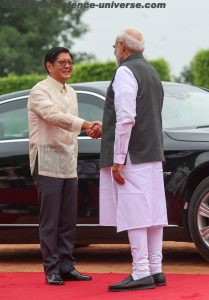
President Marcos Jr.’s visit to India is more than ceremonial—it is a calculated geopolitical signal. As China continues to test the limits of regional order, India and the Philippines are responding not with isolation, but with strategic cooperation, signalling that the Indo-Pacific will not be shaped by unilateral force but by coordinated diplomacy and defence partnerships. India’s defence relationship with the Philippines is entering a new phase, led by the pioneering BrahMos deal and expanding into wider domains like naval, aerial, and surveillance systems. For the Philippines, this partnership offers cost-effective, regionally aligned, and strategically valuable capabilities. For India, it represents a significant step in building its stature as a reliable security partner in the Indo-Pacific one that offers not just weapons, but long-term cooperation and strategic trust. Complemented by emerging economic and technological collaboration, this partnership positions India and the Philippines as actors in maintaining regional stability, advancing maritime security, and promoting multipolar balance in Asia.
The 2025 state visit by President Marcos Jr. to India reiterated the deepening of Indo–Philippine relations. Defence and maritime security dominated the agenda, with both nations committed to coordinated deterrence in the Indo-Pacific. Joint naval drills in the South China Sea, the offer of additional BrahMos systems, and cooperation in submarine maintenance signal a relationship moving from transactional arms sales to strategic trust. Economically, both countries are working to expand bilateral trade beyond the current US $3.5 billion level, focusing on pharmaceuticals, fintech, digital infrastructure, and semiconductors. As India cements its role as a reliable security and development partner in Southeast Asia, and the Philippines balances its traditional alliance with the U.S. with new partnerships, their evolving relationship is poised to shape regional geopolitics in the coming decades.
(Jai Kumar Verma is a Delhi-based strategic analyst and member of United Services Institute of India and The Manohar Parrikar Institute for Defence Studies and Analyses. The views in the article are solely the author’s. He can be contacted at editor.adu@gmail.com)






